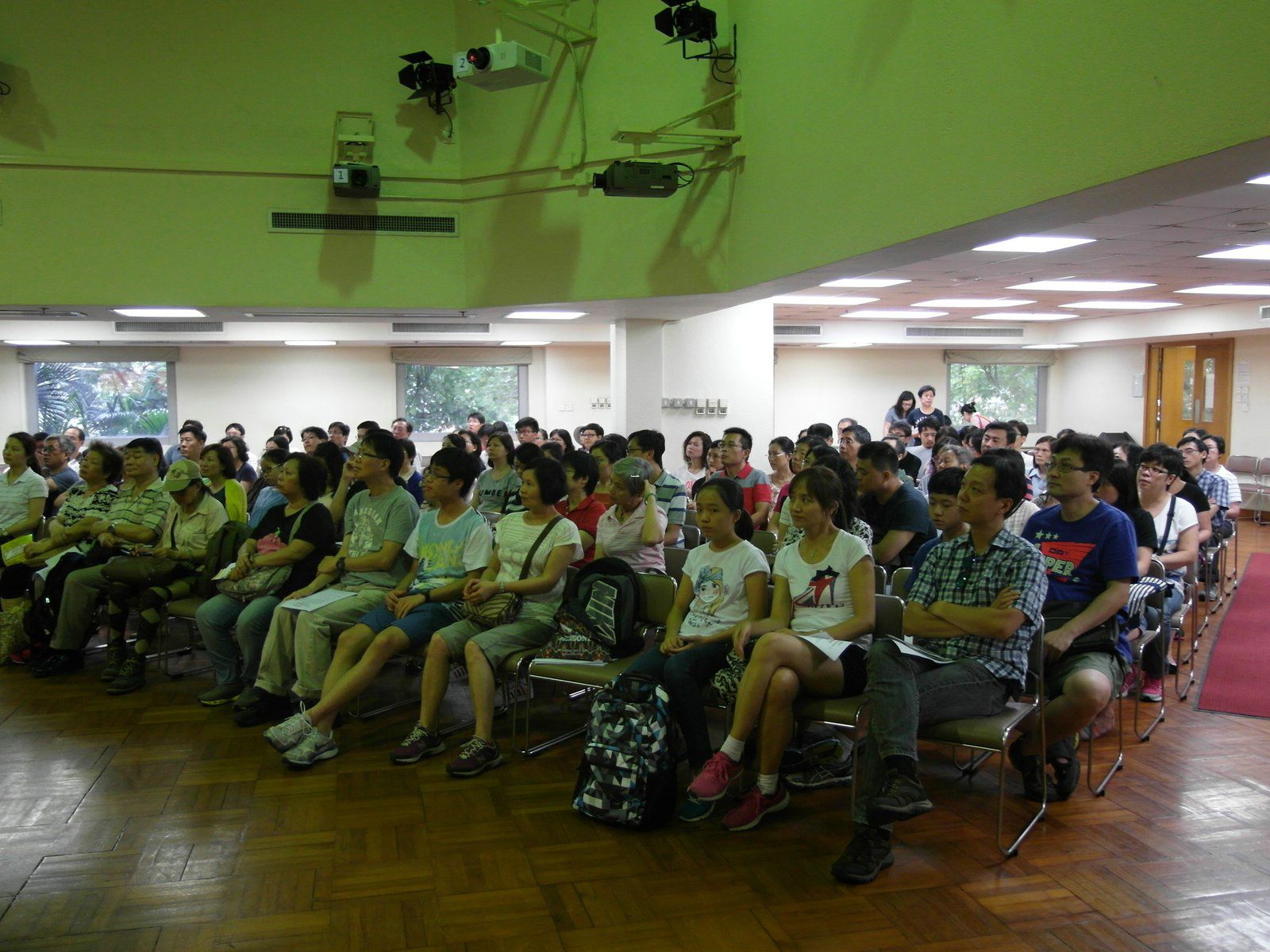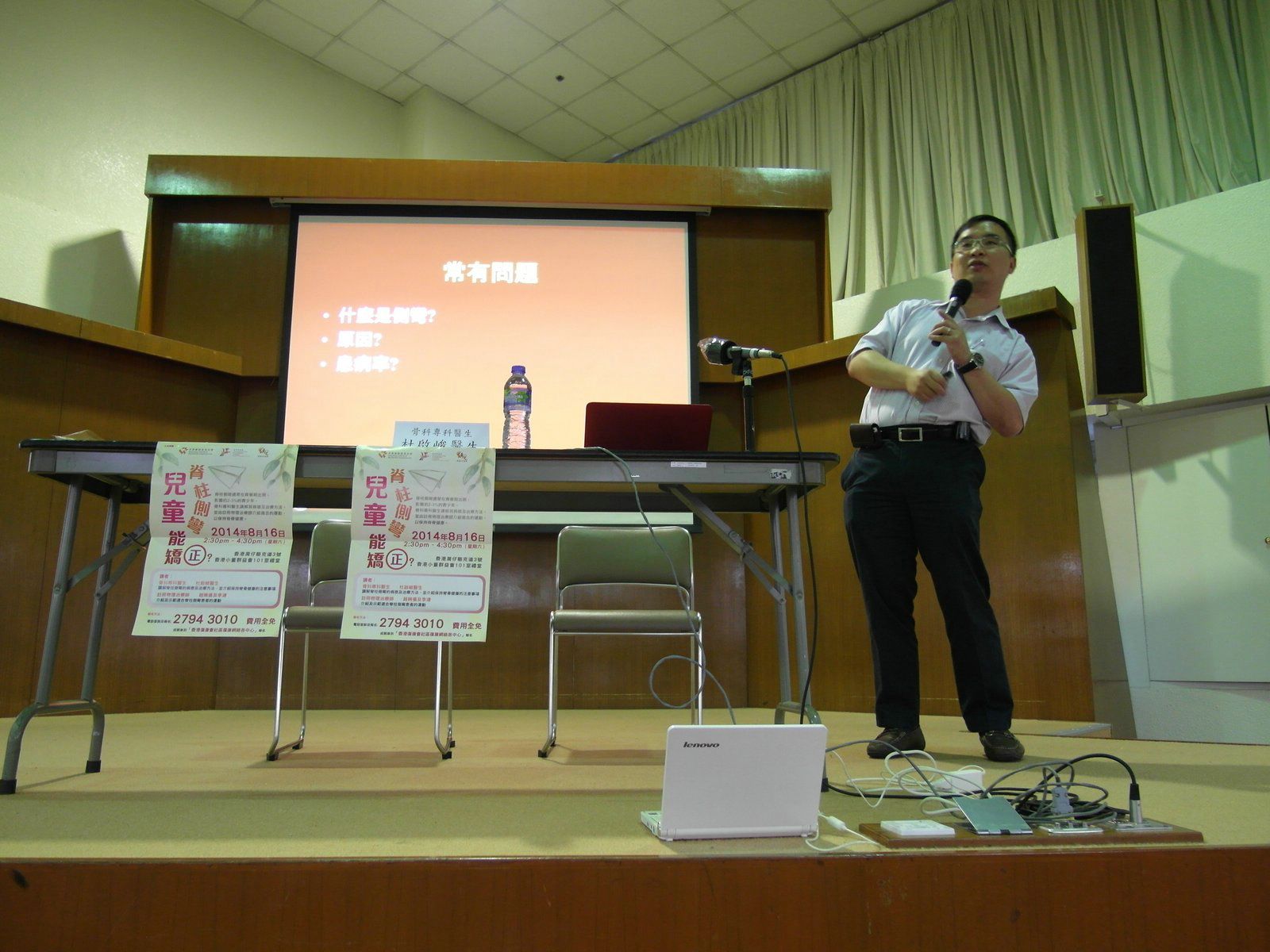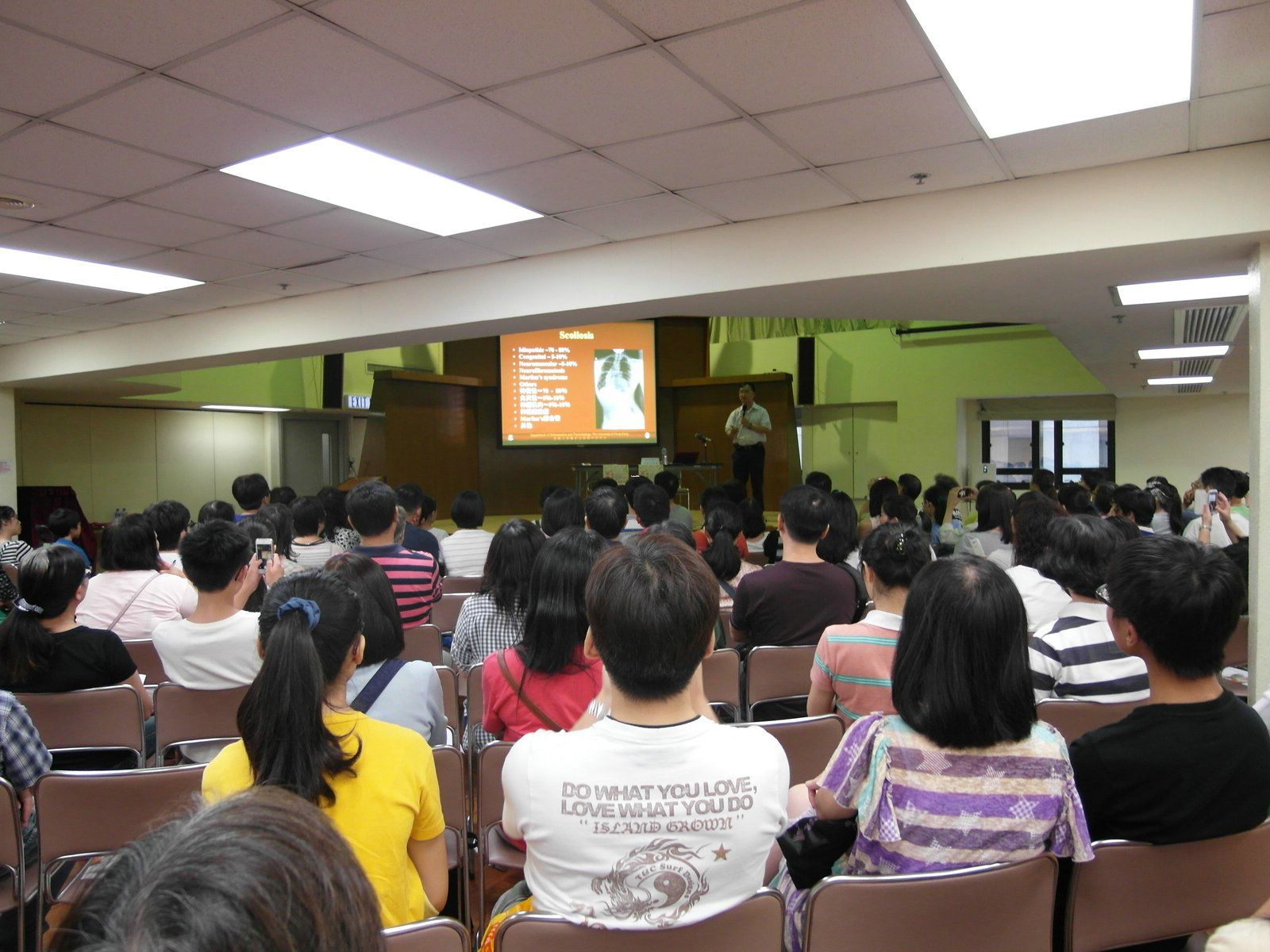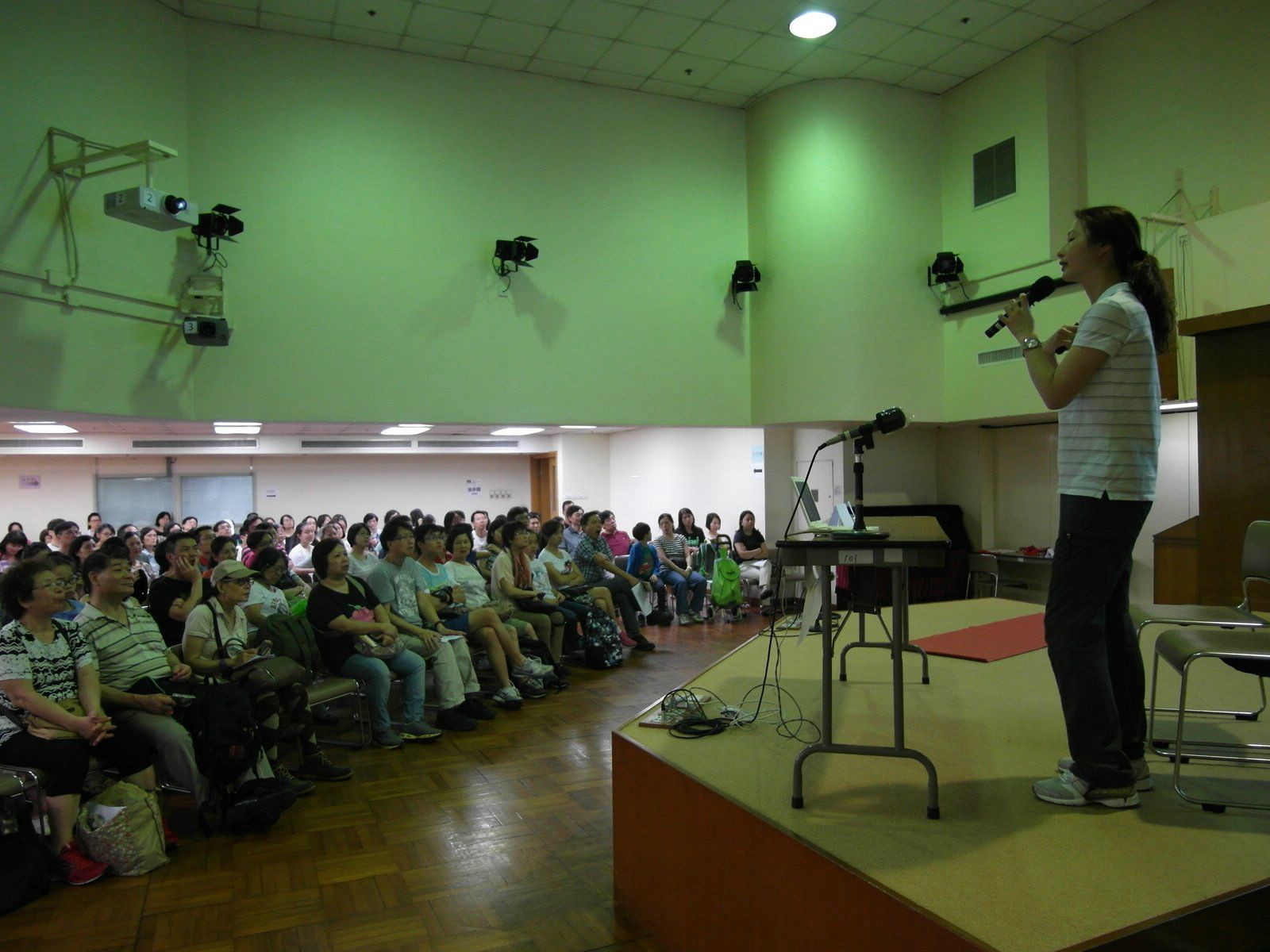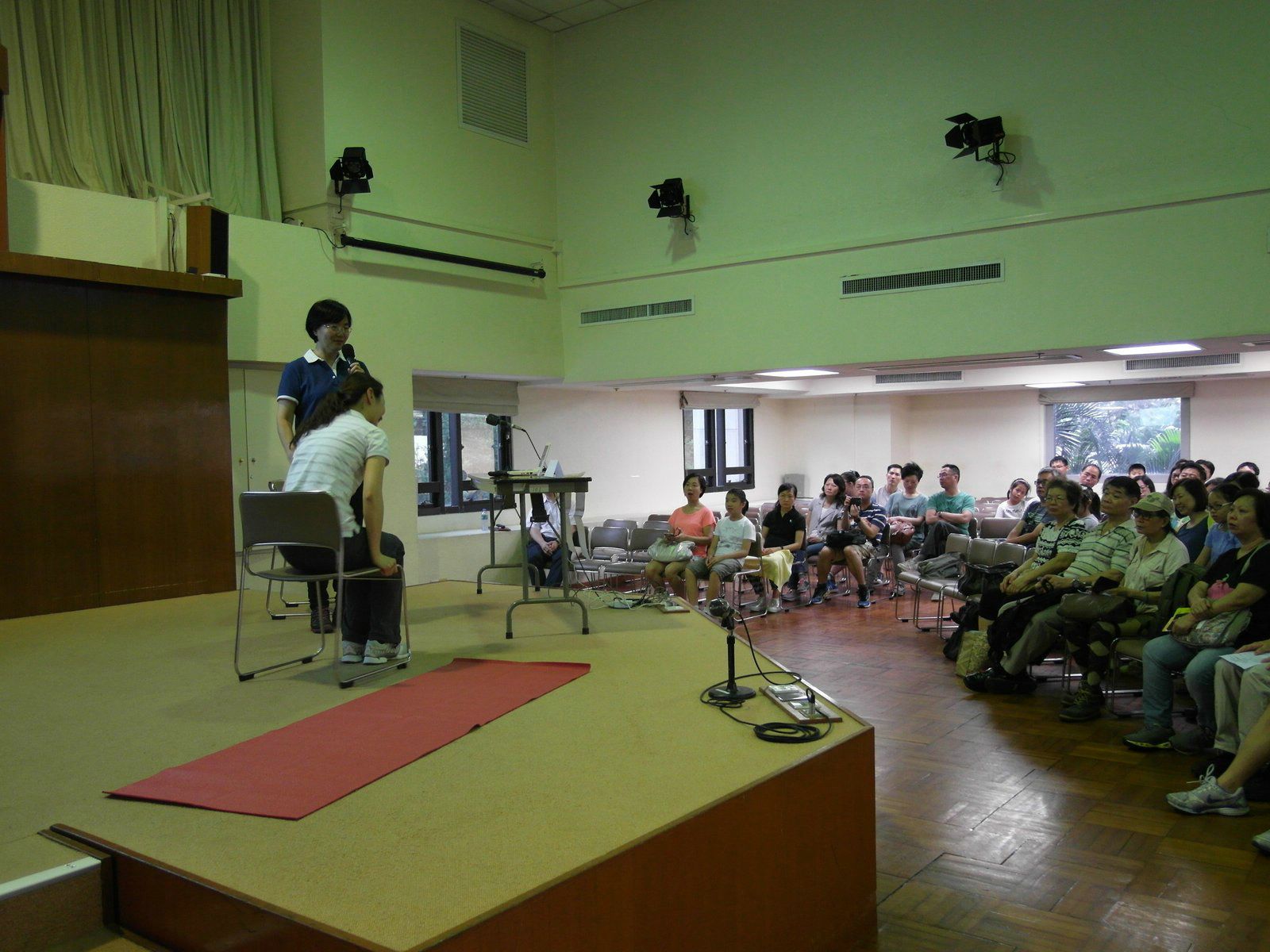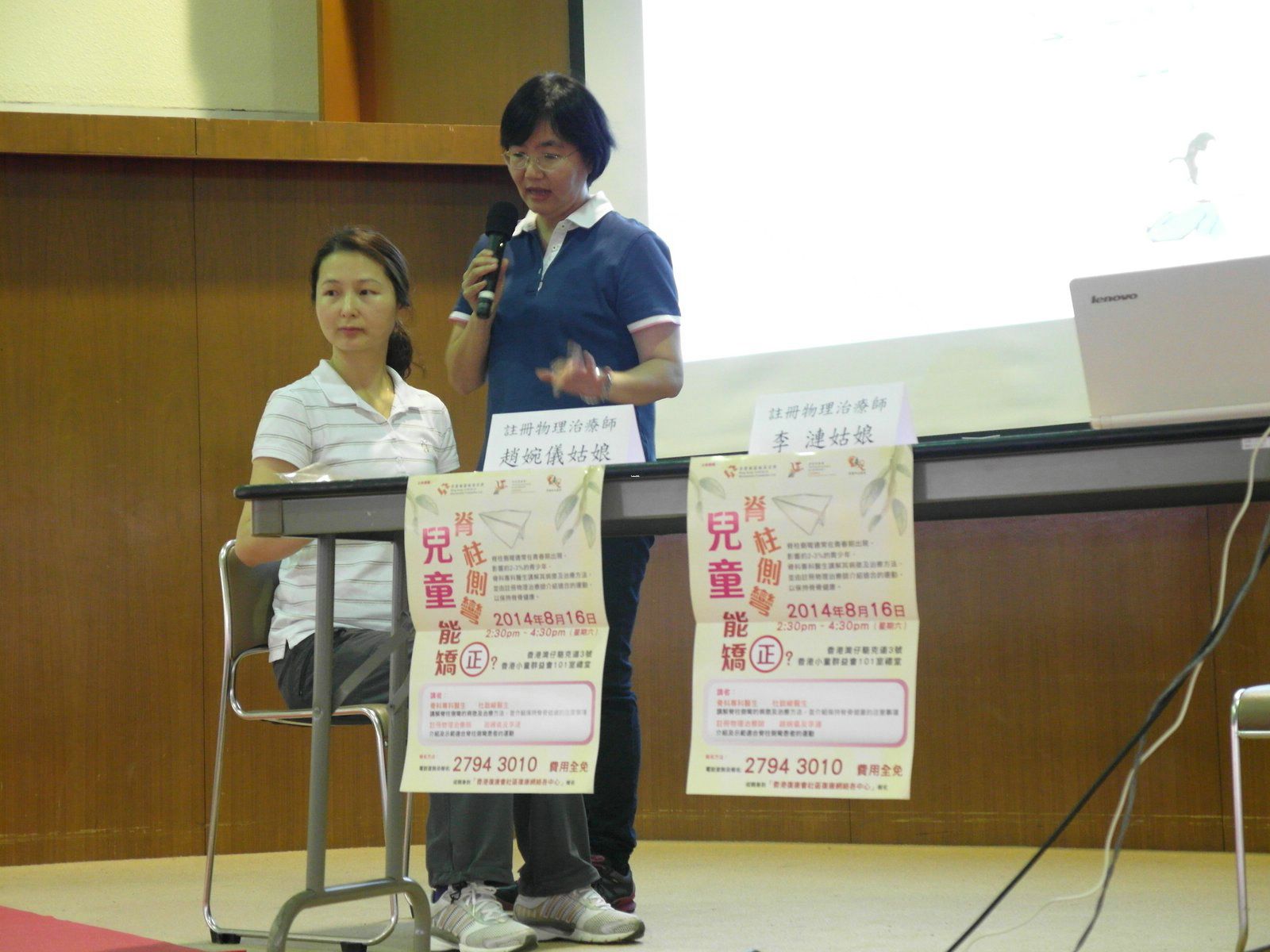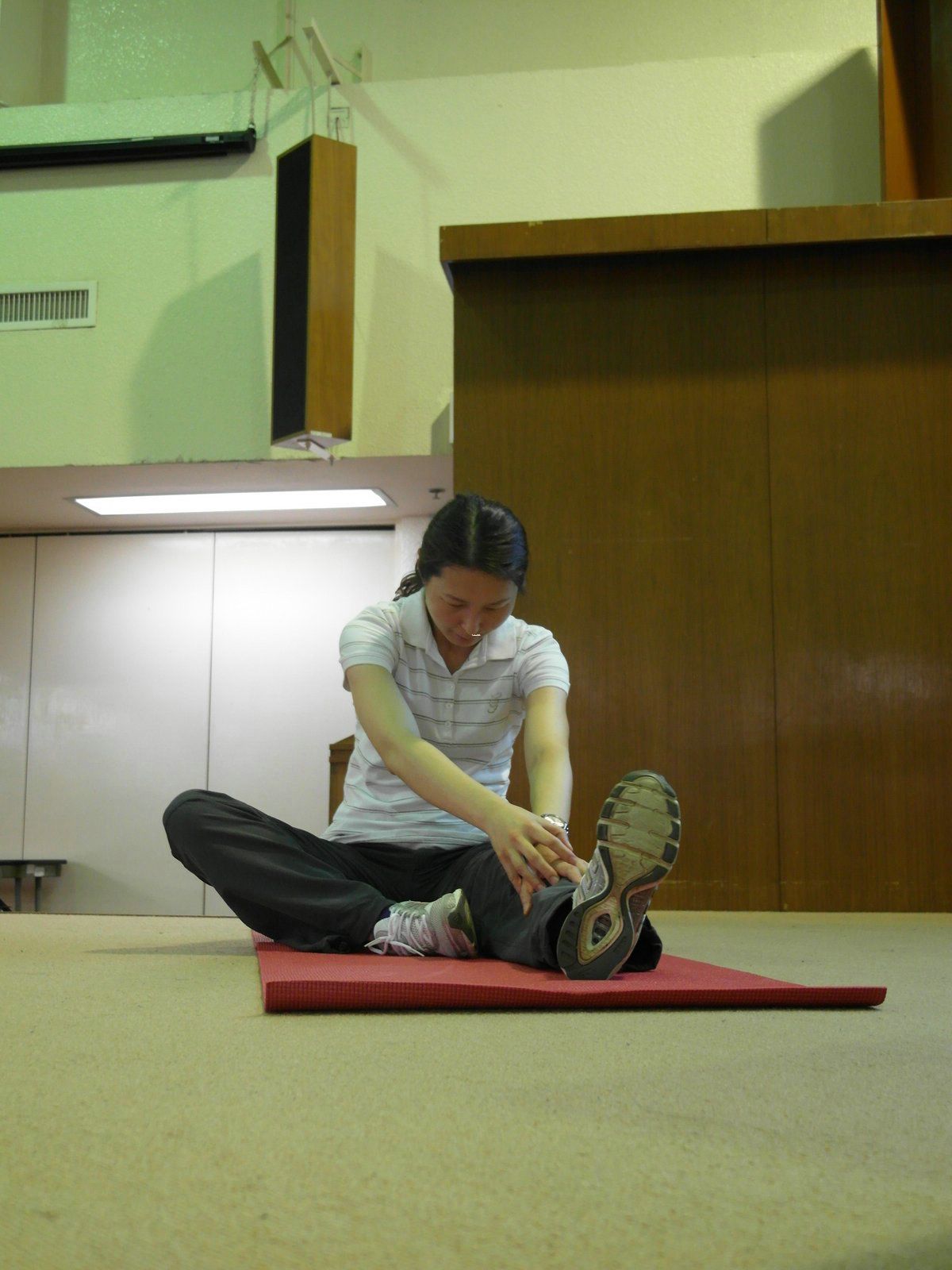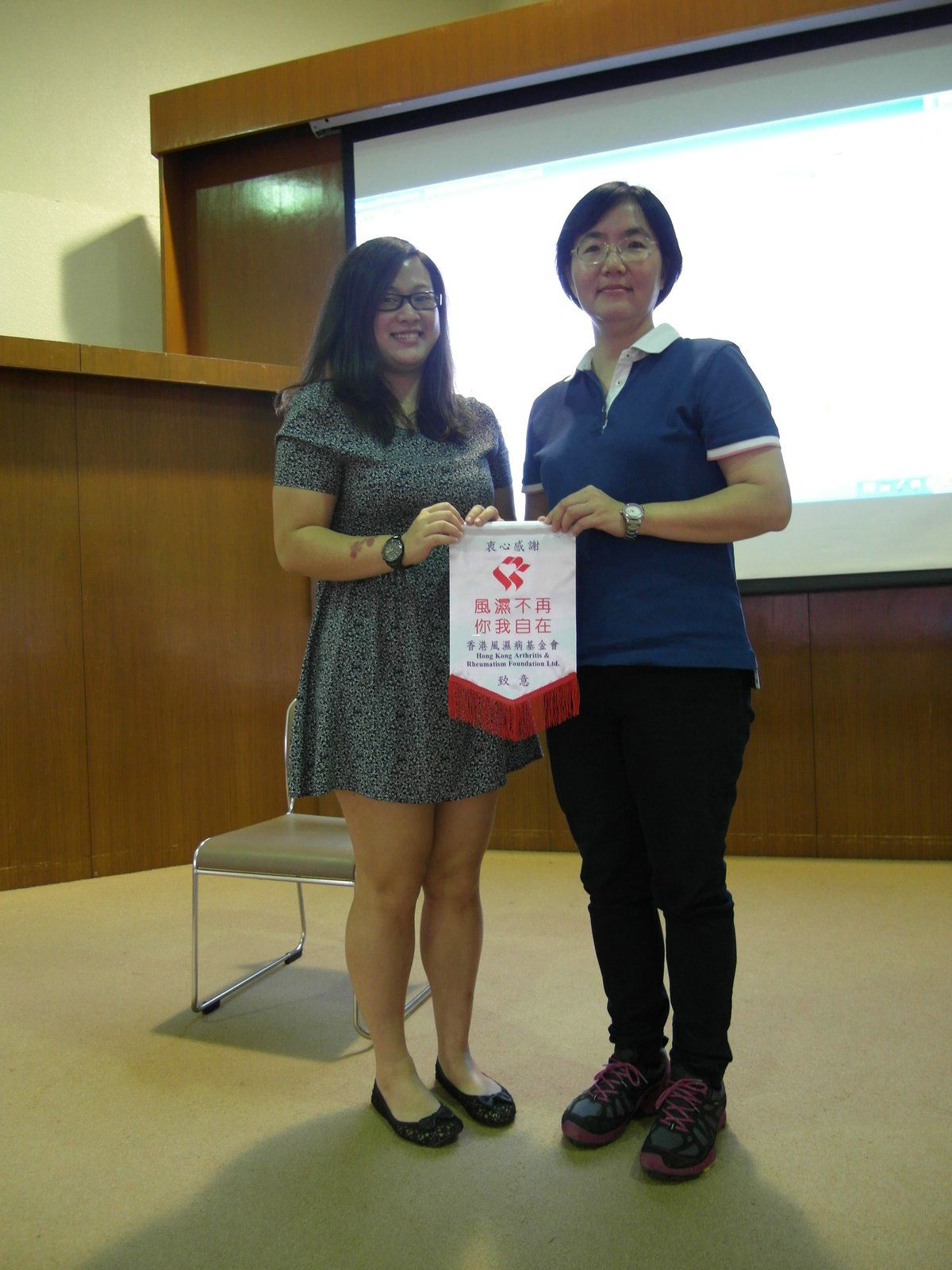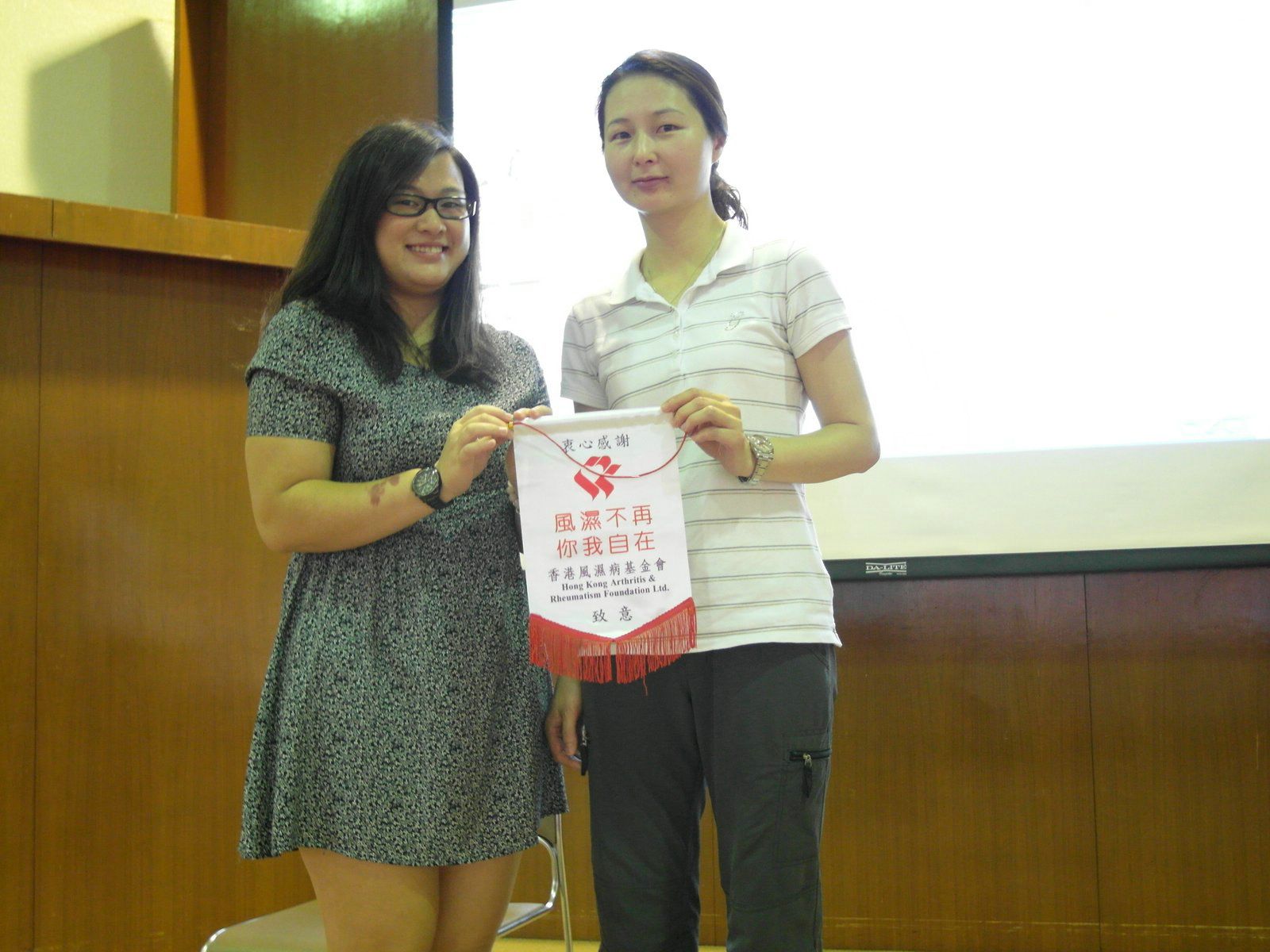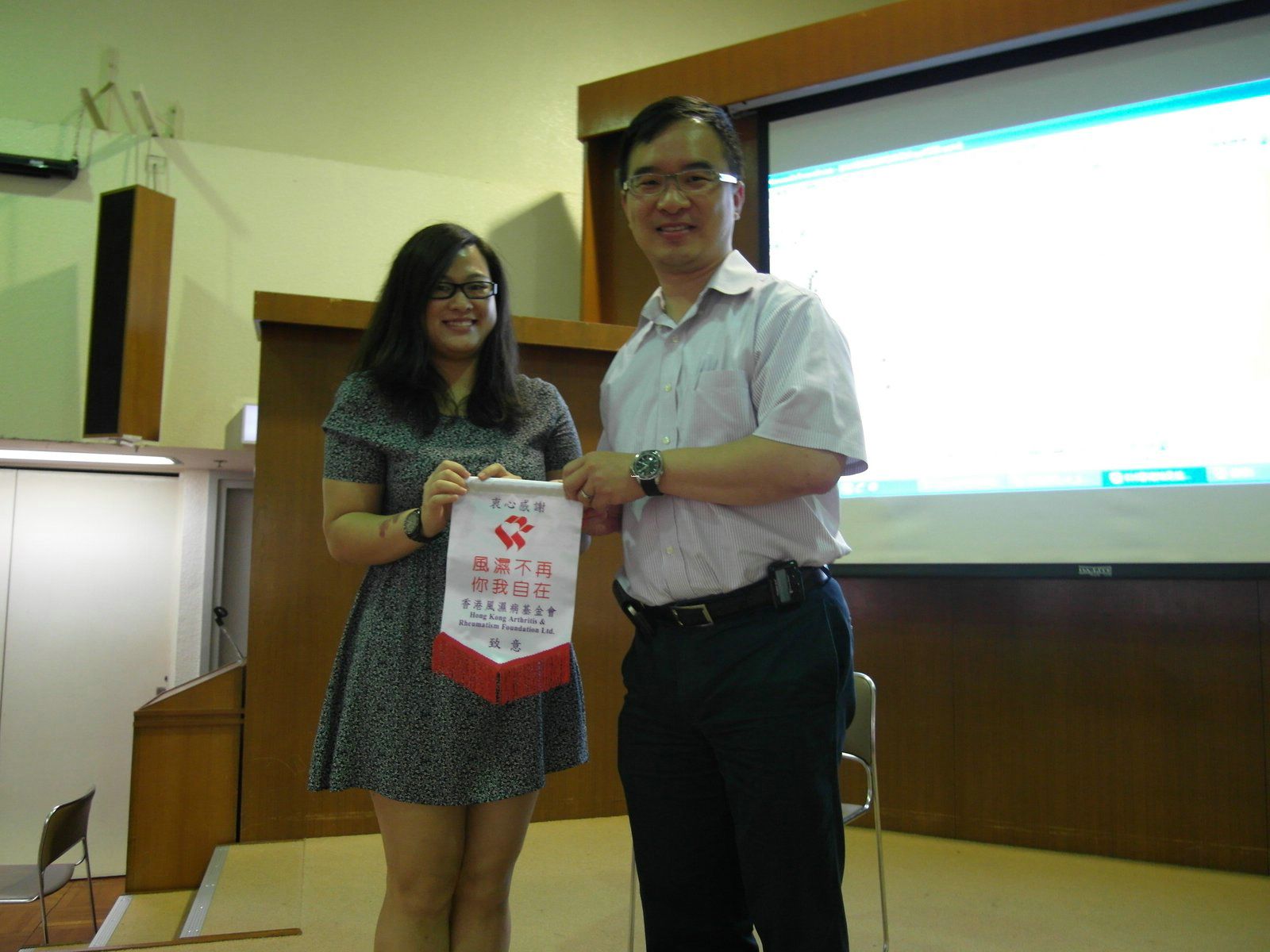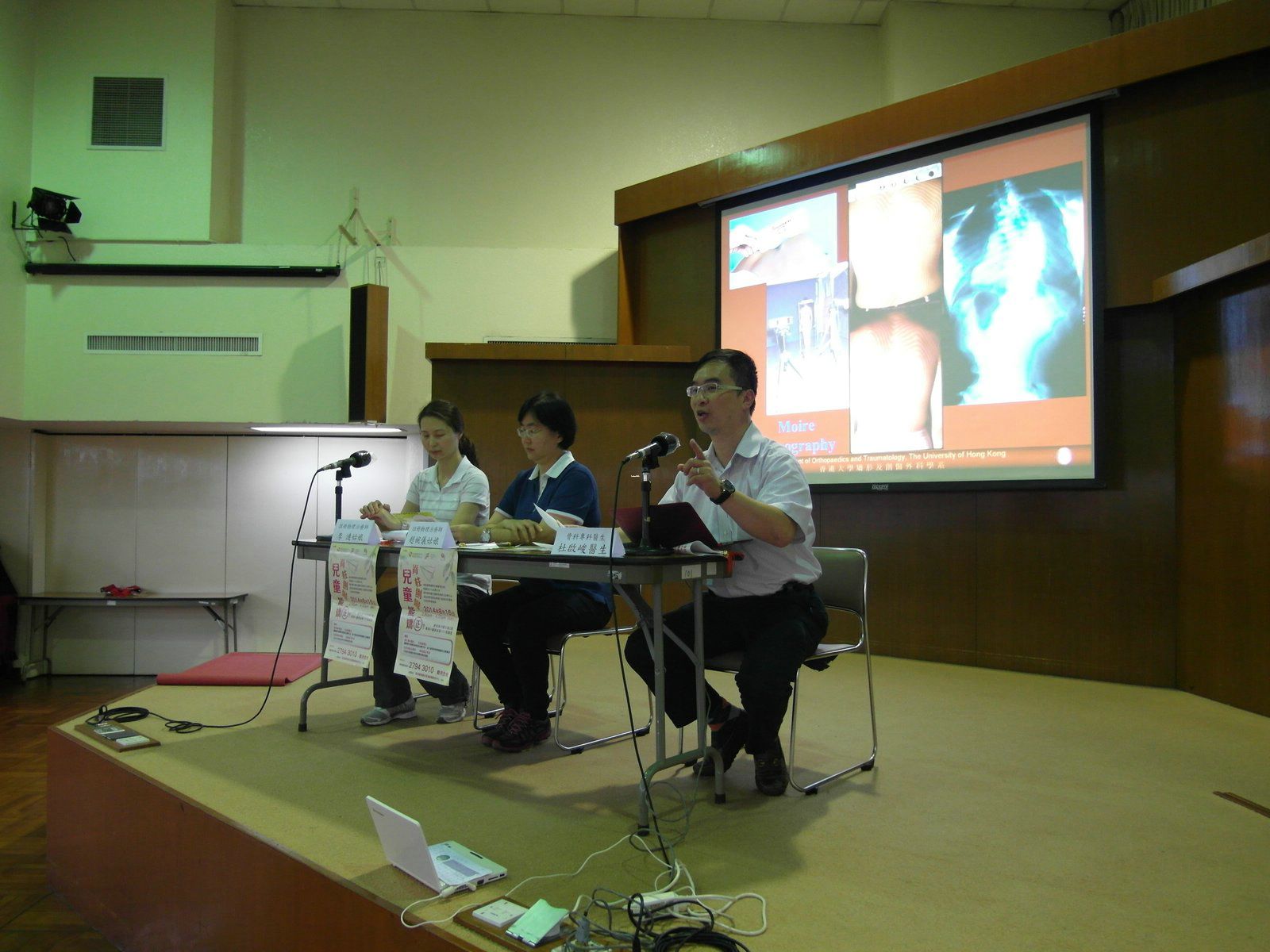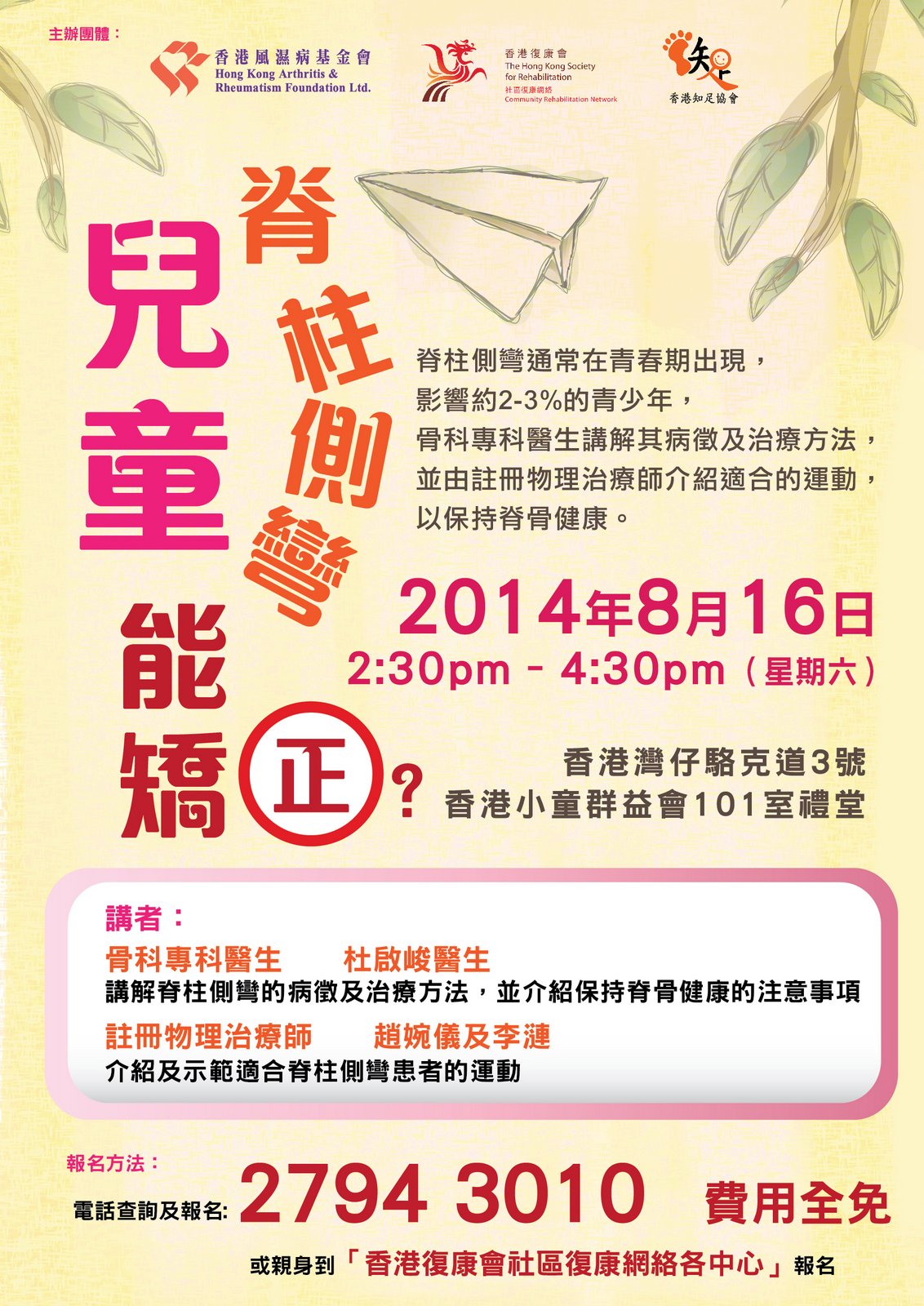
Seasonal Talk – Scoliosis Treatment and Exercise
16th August 2014
Seasonal Talk – Scoliosis Treatment and Exercise was taken part in Room 101, Auditorium, The Boys’ & Girls’ Club Association of Hong Kong on 16th August 2014. The talk aimed to enhance people’s understanding of Scoliosis and its treatment. There were 159 participants in total.
The talk was started by Dr. Michael TO, a specialist in Orthopaedics & Traumatology, to explain the definition of scoliosis. The spine curved abnormally, showing a “S” or “C” shape. The cause of illness was unknown while patients would not have obvious symptoms generally. Most cases were mild and did not require for any treatment. Yet, follow-up consultation was regularly required as the illness might progress when the child was growing. The chance of getting worse was regardful before the bone of patient was mature. Cardiopulmonary function might be affected in severe cases and thus bracing or surgery would be needed. Dr. TO emphasized that doctors would observe and monitor the growth of child carefully and give advice on treatment if necessary. Parents and patients needed not to worry unduly about the illness.
Apart from this, the talk was continued by Ms. Alice CHIU and Ms. LEE Lin, both were registered physiotherapists, to introduce suitable physical exercises for mild scoliosis patients. The aim of exercises was to retain the body flexibility, muscle strength and coordination. Ms. CHIU and Ms. LEE hoped their explanation and demonstration could help the participants understand the importance of exercises. They urged the participants should look out their own health condition and seek professional advice if they had doubts.
Representative of Hong Kong Slix Society introduced their objectives and services. Other than scoliosis, patients suffering from dwarfism and leg length discrepancy were their target. Through the establishment of the society, they hoped to promote the difficulties and needs of patients so as to reduce the bias and discrimination.
Most participants were satisfied with the arrangement and content of the talk. They were interested in the treatment and physical exercises of scoliosis and hoped to participate to these activities in the future.

